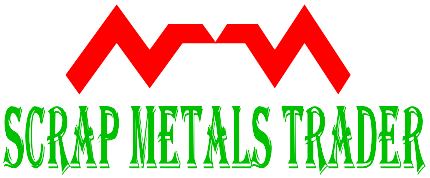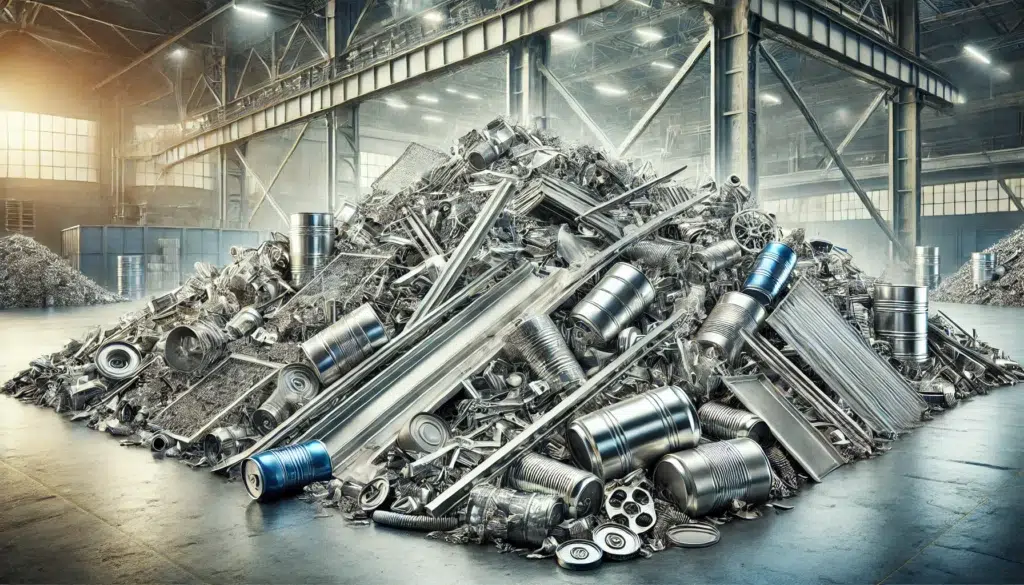Table of Contents
How to Identify Different Types of Aluminum Scrap for Maximum Profit
Types of Aluminum Scrap, Recycling aluminum isn’t just a smart move for the environment; it’s also a savvy financial decision. With rising demand and competitive prices, turning your scrap into cash can lead to substantial profits. But not all aluminum is created equal. Understanding the different types of aluminum scrap you have on hand can significantly impact how much money you make at the recycling center. From old engine blocks to discarded cans, each type has its value—if you know what you’re looking for.
Whether you’re cleaning out your garage or running an industrial operation, knowing how to identify various forms of aluminum scrap will put more money in your pocket. Ready to unlock the secrets of profitable recycling? Let’s dive in!
The Benefits of Recycling Aluminum: Why It’s a Top Scrap Material
Recycling aluminum is more than just a trend; it’s a cornerstone of sustainable practices. This lightweight metal is highly versatile, making it essential across various industries—from automotive to construction.
Aluminum offers an incredible recycling rate, with up to 75% of all aluminum ever produced still in use today. Unlike many materials, it can be recycled indefinitely without losing quality or integrity. This durability ensures that the demand for recycled aluminum remains high.
Financially, selling aluminum scrap can yield impressive returns. Prices fluctuate based on market conditions but typically offer great value compared to other metals. Plus, by recycling aluminum, you contribute to reducing landfill waste and conserving energy—upcycling requires only 5% of the energy needed to create new aluminum from raw ore.
The environmental benefits are significant as well; recycling helps lower greenhouse gas emissions and reduces reliance on mining operations.
Where to Sell Aluminum Scrap Online: A Guide for Sellers
Selling aluminum scrap online can be a straightforward process if you know where to look. Numerous platforms cater specifically to scrap metal sellers.
Start with websites like Craigslist or Facebook Marketplace. These local options allow for easy transactions and direct communication with buyers. Always include detailed descriptions of your aluminum products, such as Aluminum Engine Block Scrap and Aluminum Extrusion 6063 Scraps.
Specialized scrap metal recycling sites are another excellent option. Websites like Scrap Monster or iScrap App connect sellers with recyclers eager to buy various types of aluminum scraps, including Aluminum UBC Scrap and Aluminum Radiator Scrap.
Don’t forget about auction sites like eBay. Many people use this platform for unique items, so listing your materials there may attract serious buyers looking for specific needs, such as Aluminum Wire Scrap.
Researching the best prices beforehand will also help you negotiate effectively.
How Aluminum Scrap Prices Are Determined: Factors You Should Know
Aluminum scrap prices fluctuate based on various factors, making it essential for sellers to stay informed. The global market demand plays a crucial role; when industries ramp up production, the need for recycled aluminum rises.
Quality of the scrap is another significant aspect. Clean and sorted materials like Aluminum Engine Block Scrap or Aluminum Radiator Scrap fetch higher prices than mixed or contaminated scraps. Buyers prefer quality because it saves them processing time and costs.
Market conditions also impact pricing. Economic shifts, tariffs, and trade agreements can either boost or decrease aluminum values overnight. Seasonal trends affect supply too—during warmer months, construction projects often increase demand.
Lastly, local competition influences prices as well. Sellers should regularly check rates from multiple buyers to ensure they’re getting fair value for their Aluminum Extrusion 6063 Scraps or other types of aluminum scrap available in their area.
The Most Common Applications for Recycled Aluminum Scrap
Recycled aluminum scrap finds its way into a variety of applications, making it highly valuable. One prominent use is in the automotive industry. Manufacturers utilize aluminum engine block scrap to create lightweight components that enhance fuel efficiency.
Another common application is in the construction sector. Aluminum extrusion 6063 scraps are transformed into window frames and architectural features, combining durability with aesthetic appeal.
Packaging also benefits greatly from recycled materials. Aluminum UBC scrap (used beverage cans) gets repurposed for new can production, reducing energy consumption significantly compared to primary aluminum extraction.
Moreover, electrical applications thrive on recycled content as well. Aluminum wire scrap is often melted down and reused in wiring systems due to its excellent conductivity.
Lastly, heat exchangers commonly incorporate aluminum radiator scrap because of its lightweight properties and resistance to corrosion.
The Growing Demand for Recycled Aluminum in 2024
The recycled aluminum market is poised for significant growth in 2024. As industries seek sustainable practices, the demand for recyclable materials continues to rise. The automotive sector, in particular, is increasingly leveraging recycled aluminum due to its lightweight properties and energy efficiency benefits.
Aluminum Engine Block Scrap has become a sought-after material as manufacturers shift towards more eco-friendly production methods. Similarly, Aluminum Extrusion 6063 Scraps are gaining traction among builders and architects focusing on sustainability. UBC Scrap—used beverage containers—also plays a vital role as consumers become more aware of recycling’s impact on the environment.
Moreover, Aluminum Radiator Scrap is essential for many industries reliant on heat exchange systems. The versatility of this scrap makes it crucial for various applications ranging from manufacturing to construction. Lastly, with advancements in technology enabling better recycling processes, Aluminum Wire Scrap stands out as an important component that can be easily processed into new products.
As we move forward into 2024, keeping an eye on these trends will help sellers maximize their profits while contributing positively to environmental conservation efforts through responsible recycling practices.

